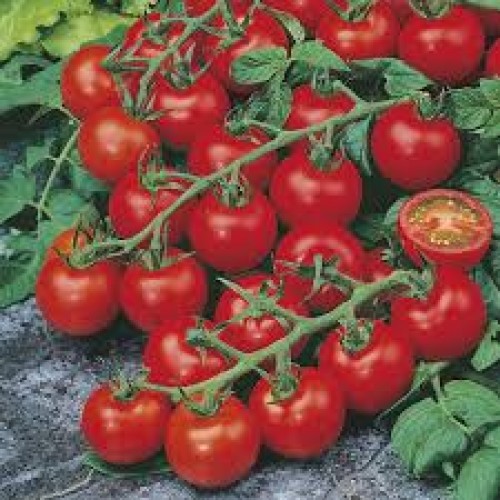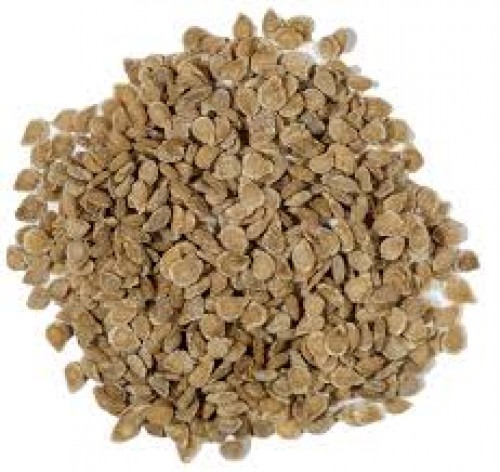60%
off
off
-
Sold
-

-

out
Cherry Tomato Seeds – Planting, Care, Maintenance & Quality
How to Plant
- Soil Requirements: Loose, well-drained soil rich in compost or organic matter. Ideal pH: 6.0–6.8.
- Sowing Time: Best sown in spring or early summer, when the threat of frost is over.
- Sowing Method: Start seeds indoors 6–8 weeks before the last frost. Sow 0.5 cm deep in seed trays.
- Transplanting: Transplant when seedlings have 4–6 leaves. Maintain 45–60 cm spacing.
- Germination Time: 6–10 days under optimal temperature (20–25°C).
Care Instructions
- Sunlight: Requires full sun (6–8 hours daily).
- Watering: Keep the soil evenly moist. Avoid overhead watering; water at the base.
- Fertilization: Use a balanced organic fertilizer once every 2 weeks after transplanting.
- Support: Use stakes or cages to support the vines as they grow.
- Pruning: Remove suckers (side shoots) to encourage better fruiting and airflow.
Maintenance Tips
- Weeding: Keep the area weed-free to avoid competition for nutrients.
- Pest Control: Watch for aphids, whiteflies, and tomato hornworms. Use neem oil or organic pesticides.
- Disease Prevention: Avoid water on leaves and ensure good air circulation. Rotate crops every season.
- Harvesting: Harvest when tomatoes are bright red (or yellow/orange depending on the variety) and slightly soft to touch.
Seed Quality
- High Germination Rate: Premium seeds germinate uniformly within 6–10 days.
- Purity: Seeds are cleaned, graded, and free from contaminants or other crop seeds.
- Viability: Maintains viability for 1–2 years when stored in a cool, dry, airtight container.
- Disease Resistance: Choose certified seeds bred for resistance to fusarium, verticillium, and leaf spot diseases.